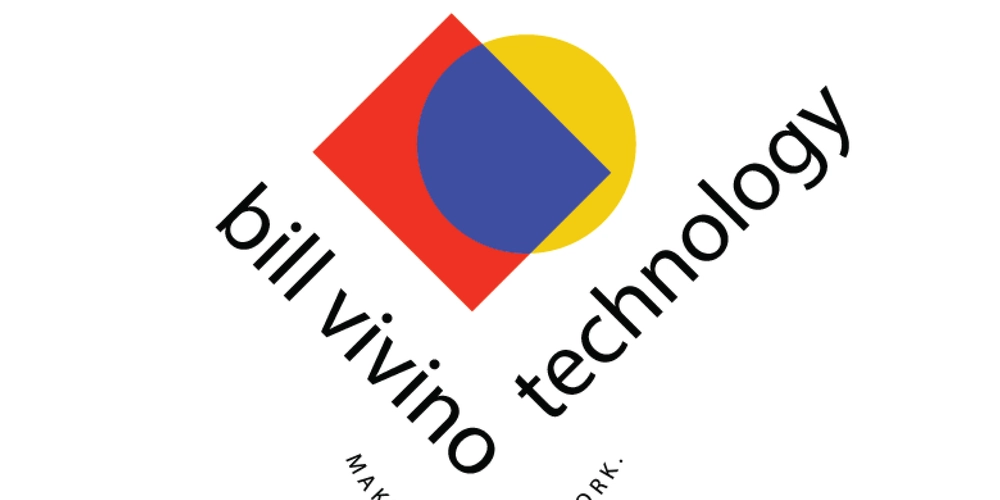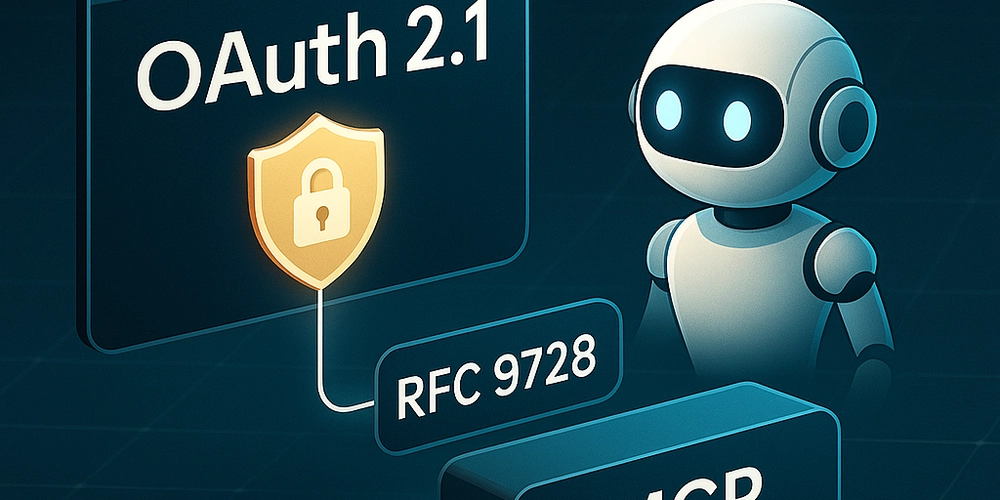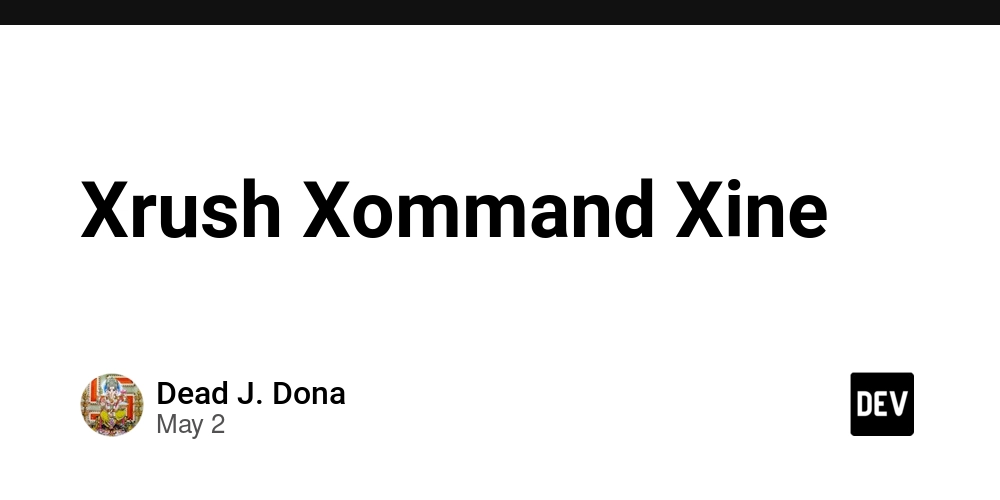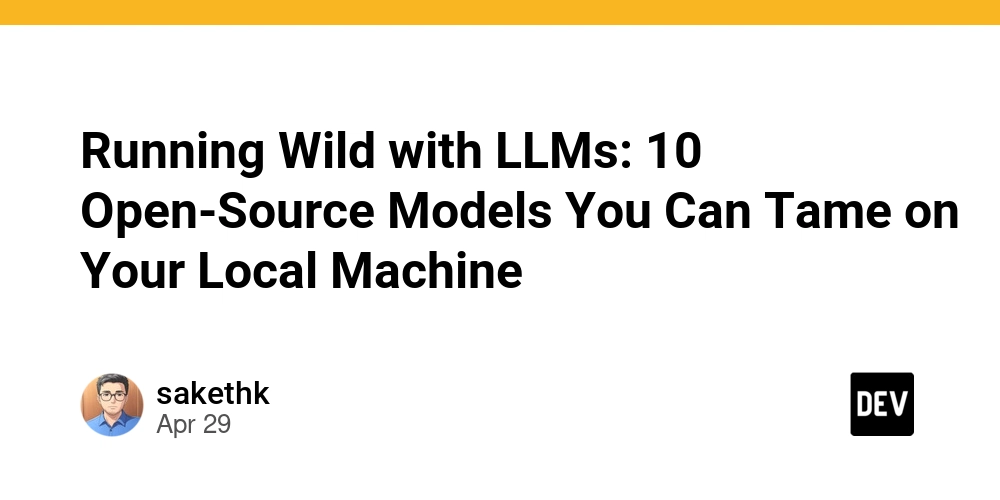Project of the Week: Prisma
Lightning-fast reviews: the ORM that's winning the collaboration game. Introduction Ever wondered what happens behind the scenes of a wildly successful database tool? Prisma isn't just another ORM; it's a powerful type-safe solution widely adopted by TypeScript developers. With over 42,000 GitHub stars and a thriving ecosystem, Prisma has become the go-to solution for developers who'd rather focus on building features than fighting with database queries. We dove into Prisma's collaboration metrics on collab.dev and discovered a team that moves at startup speed while maintaining enterprise-grade quality. Let's peek behind the curtain of one of open source's most impressive review cultures! Notable Findings from Collaboration Data Exceptional Review Process Review Coverage Rate: Prisma's team demonstrates an impressive review culture. Our analysis shows a 100% review coverage rate, meaning every single PR gets reviewed before merging. This is significantly higher than many other projects and indicates a strong commitment to code quality. Median Review Turnaround: The median review turnaround time is just 15 minutes and 15 seconds, with 63.4% of PRs reviewed within 1 hour and 88.2% reviewed within 24 hours. This quick feedback cycle likely helps maintain momentum for contributors. Balanced Contribution Sources Community Contribution: Prisma shows a healthy mix of contribution sources: 38% of PRs come from the core team 31% come from community contributors 31% come from automated bots This balanced distribution suggests that Prisma has successfully fostered an active community while maintaining core team involvement. The significant percentage of community PRs indicates that the project is accessible to external contributors. Efficient Merge Process Merge Time: Once a PR is approved, the Prisma team moves quickly to merge changes. Their median merge time is just under 8 hours (7h 55m 5s), which is relatively fast for a project of this size. The merge decision time (time between the final review and merge) is only 52 minutes, showing an efficient workflow. Prisma vs. Drizzle As TypeScript-native ORMs competing in the same ecosystem, Prisma and Drizzle make for an illuminating comparison, revealing how similar technical projects can adopt radically different collaboration models with measurable impacts on contributor experience. Metric Prisma Drizzle Difference Review Turnaround 15 minutes 3+ days ~300× faster Review Coverage 100% 23% 77% higher Core Team PRs 38% 60% 22% less reliance Community PRs 31% 40% 9% difference Bot PRs 31% 0% 31% more automation Median Merge Time 8 hours 7 days 21× faster The stark differences highlight two distinct approaches to open source maintenance. Prisma's rapid review cycle, balanced contribution sources, and heavy automation enable a feedback loop that's measured in hours rather than weeks. This likely creates a fundamentally different contributor experience—one where momentum is maintained and community engagement is encouraged through quick response times. Meanwhile, Drizzle's core-team focused approach may offer different advantages, such as more concentrated technical direction and potentially deeper reviews, albeit at the cost of velocity. Prisma's Blueprint: Speed, Balance, and Community at Scale Prisma's collaboration metrics reveal a project with a mature, efficient development process that balances community involvement with quality control. Their exceptional review coverage and quick turnaround times set a high standard for open source projects. To explore Prisma's collaboration metrics in more detail, check out their project page on collab.dev. Want to see metrics for your own public repositories? Visit collab.dev Learn more about us at pullflow.com

Lightning-fast reviews: the ORM that's winning the collaboration game.
Introduction
Ever wondered what happens behind the scenes of a wildly successful database tool? Prisma isn't just another ORM; it's a powerful type-safe solution widely adopted by TypeScript developers. With over 42,000 GitHub stars and a thriving ecosystem, Prisma has become the go-to solution for developers who'd rather focus on building features than fighting with database queries.
We dove into Prisma's collaboration metrics on collab.dev and discovered a team that moves at startup speed while maintaining enterprise-grade quality. Let's peek behind the curtain of one of open source's most impressive review cultures!
Notable Findings from Collaboration Data
Exceptional Review Process
Review Coverage Rate: Prisma's team demonstrates an impressive review culture. Our analysis shows a 100% review coverage rate, meaning every single PR gets reviewed before merging. This is significantly higher than many other projects and indicates a strong commitment to code quality.
Median Review Turnaround: The median review turnaround time is just 15 minutes and 15 seconds, with 63.4% of PRs reviewed within 1 hour and 88.2% reviewed within 24 hours. This quick feedback cycle likely helps maintain momentum for contributors.
Balanced Contribution Sources
Community Contribution: Prisma shows a healthy mix of contribution sources:
- 38% of PRs come from the core team
- 31% come from community contributors
- 31% come from automated bots
This balanced distribution suggests that Prisma has successfully fostered an active community while maintaining core team involvement. The significant percentage of community PRs indicates that the project is accessible to external contributors.
Efficient Merge Process
Merge Time: Once a PR is approved, the Prisma team moves quickly to merge changes. Their median merge time is just under 8 hours (7h 55m 5s), which is relatively fast for a project of this size. The merge decision time (time between the final review and merge) is only 52 minutes, showing an efficient workflow.
Prisma vs. Drizzle
As TypeScript-native ORMs competing in the same ecosystem, Prisma and Drizzle make for an illuminating comparison, revealing how similar technical projects can adopt radically different collaboration models with measurable impacts on contributor experience.
| Metric | Prisma | Drizzle | Difference |
|---|---|---|---|
| Review Turnaround | 15 minutes | 3+ days | ~300× faster |
| Review Coverage | 100% | 23% | 77% higher |
| Core Team PRs | 38% | 60% | 22% less reliance |
| Community PRs | 31% | 40% | 9% difference |
| Bot PRs | 31% | 0% | 31% more automation |
| Median Merge Time | 8 hours | 7 days | 21× faster |
The stark differences highlight two distinct approaches to open source maintenance. Prisma's rapid review cycle, balanced contribution sources, and heavy automation enable a feedback loop that's measured in hours rather than weeks. This likely creates a fundamentally different contributor experience—one where momentum is maintained and community engagement is encouraged through quick response times.
Meanwhile, Drizzle's core-team focused approach may offer different advantages, such as more concentrated technical direction and potentially deeper reviews, albeit at the cost of velocity.
Prisma's Blueprint: Speed, Balance, and Community at Scale
Prisma's collaboration metrics reveal a project with a mature, efficient development process that balances community involvement with quality control. Their exceptional review coverage and quick turnaround times set a high standard for open source projects.
To explore Prisma's collaboration metrics in more detail, check out their project page on collab.dev.
Want to see metrics for your own public repositories? Visit collab.dev
Learn more about us at pullflow.com







































































































































































![[The AI Show Episode 145]: OpenAI Releases o3 and o4-mini, AI Is Causing “Quiet Layoffs,” Executive Order on Youth AI Education & GPT-4o’s Controversial Update](https://www.marketingaiinstitute.com/hubfs/ep%20145%20cover.png)

































































































































![From Art School Drop-out to Microsoft Engineer with Shashi Lo [Podcast #170]](https://cdn.hashnode.com/res/hashnode/image/upload/v1746203291209/439bf16b-c820-4fe8-b69e-94d80533b2df.png?#)








































































































(1).jpg?#)






























_Inge_Johnsson-Alamy.jpg?width=1280&auto=webp&quality=80&disable=upscale#)













































































































![Apple Developing AI 'Vibe-Coding' Assistant for Xcode With Anthropic [Report]](https://www.iclarified.com/images/news/97200/97200/97200-640.jpg)
![Apple's New Ads Spotlight Apple Watch for Kids [Video]](https://www.iclarified.com/images/news/97197/97197/97197-640.jpg)








































































![[Weekly funding roundup April 26-May 2] VC inflow continues to remain downcast](https://images.yourstory.com/cs/2/220356402d6d11e9aa979329348d4c3e/WeeklyFundingRoundupNewLogo1-1739546168054.jpg)





























